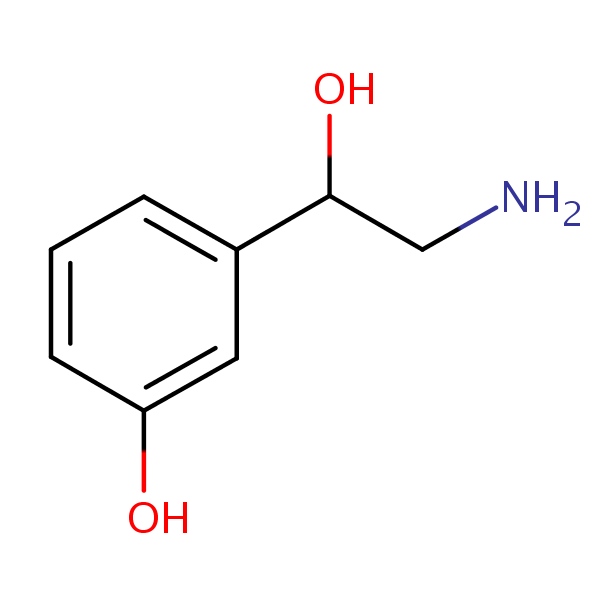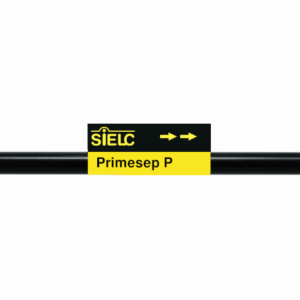| CAS Number | 536-21-0 |
|---|---|
| Molecular Formula | C8H11NO2 |
| Molecular Weight | 153.181 |
| InChI Key | LRCXRAABFLIVAI-UHFFFAOYSA-N |
| LogP | -0.676 |
| Synonyms |
|
Applications:
HPLC Method for Analysis of Neurotransmitters Phenylephrine, Epinephrine and Norepinephrine on BIST™B+ Column
July 14, 2022
| Separation type: Bridge Ion Separation Technology, or BIST™ | ||||||||||||||
| BIST™ Ionic Modifier Preparation | ||||||||||||||
| High Performance Liquid Chromatography (HPLC) Method for Analysis of Phenylephrine, Epinephrine, Norepinephrine
Epinephrine and norepinephrine are key neurotransmitters and adrenal hormones naturally produced by the body to generate the fight-or-flight response, and synthesized by pharmaceutical companies to treat a host of issues, such as allergic reactions and low blood pressure. Phenylephrine is a related, synthetic compound made to treat low blood pressure, congestion, and hemorrhoids. Using SIELC’s newly introduced BIST™ method, these three similar neurotransmitters, which protonate in water, can be retained on a positively-charged anion-exchange BIST™ B+ column. There are two keys to this retention method: 1) a multi-charged, negative buffer, such as Sulfuric acid (H2SO4), which acts as a bridge, linking the positively-charged amine analytes to the positively-charged column surface and 2) a mobile phase consisting mostly of organic solvent to minimize the formation of a solvation layer around the charged analytes. Using this new and unique analysis method, Epinephrine, norepinephrine, and phenylephrine can be retained and UV detected at 200 nm.
|
||||||||||||||
|
Application Column
BIST B+
BIST™ columns offer a unique and effective way to achieve separations that were traditionally challenging or even impossible with other HPLC columns. With the use of a special mobile phase, these ion exchange columns provide very strong retention for analytes with the same charge polarity as the stationary phase, unlocking new chromatography applications. What makes BIST™ columns stand out is their proprietary surface chemistry, which results in superior selectivity, resolution, and sensitivity. These columns offer a simple, efficient solution for a variety of analytical challenges, making them an excellent choice for researchers and analysts across many different fields. To learn more about the technology that powers BIST™ columns and to explore related applications, check out https://BIST.LC.
Select optionsNorphenylephrine
Phenylephrine
Phenylephrine hydrochloride

HPLC Separation of Pseudoephedrine, Norephedrine, Phenylephrine, and Norphenylephrine Using Hydrogen Bonding Mode
June 15, 2012
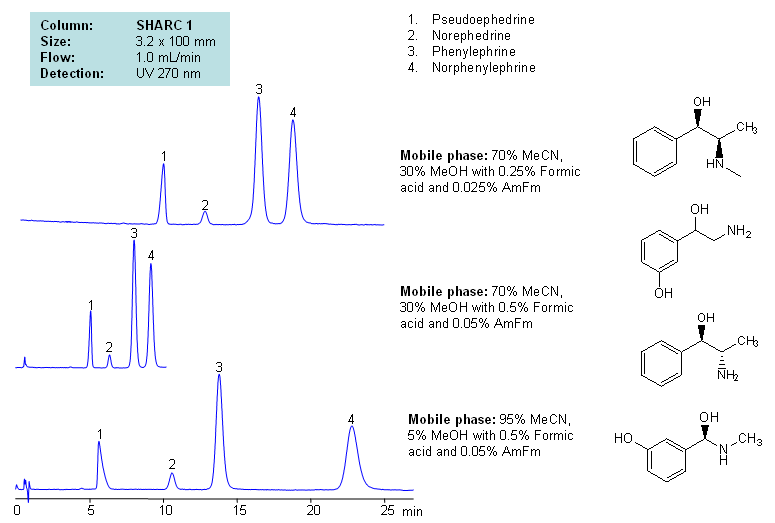
Application Notes: Neurotransmitters are polar basic compounds. Several HPLC techniques are used to analyze these hydrophilic molecules. The most common techniques are reversed-phase with ion-pairing reagents chromatography, ion chromatography, HILIC, and mixed-mode chromatography. SIELC developed a new approach of analysis, which is based on hydrogen bond interactions. Hydrogen-bonding offers unique and alternative selectivity to traditional approaches like reversed-phase, HILIC, ion-exchange, and mixed-mode chromatography. Our methods are fully compatible with ELSD, LC/MS and prep chromatography.
Application Columns: SHARC 1, 3.2×100 mm, 5 um, 100A. To learn more about SHARC 1 columns click here. To order this column click here. To see more chromatographic separations check our web site.
Application compounds: Pseudoephedrine, norephedrine, phenylephrine and norphenylephrine
Detection technique: UV, LC/MS
| Column | Sharc 1, 3.2×100 mm, 5 µm, 100A |
| Mobile Phase | MeCN/MeOH |
| Buffer | AmFm, Formic acid |
| Flow Rate | 1.0 ml/min |
| Detection | UV, 270 nm |
| Class of Compounds |
Drug, Acid, Hydrophilic, Ionizable, Vitamin, Supplements |
| Analyzing Compounds | Pseudoephedrine, Norephedrine, Phenylephrine, Norphenylephrine |
Application Column
SHARC 1
The SHARC™ family of innovative columns represents the first commercially available columns primarily utilizing separation based on hydrogen bonding. SHARC stands for Specific Hydrogen-bond Adsorption Resolution Column. Hydrogen bonding involves an interaction or attraction between a bound hydrogen atom and molecules containing electronegative atoms, such as oxygen, nitrogen, and fluorine.
Select optionsNorphenylephrine
Phenylephrine
Pseudoephedrine (PSE)

HPLC Separation of Drugs
November 21, 2010
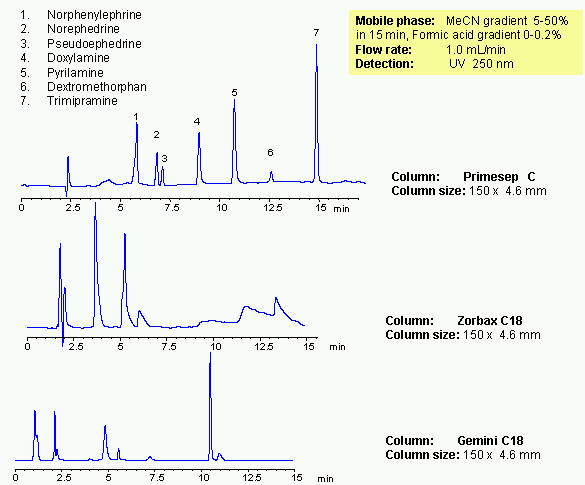
Mixed-mode chromatography allows to separate various hydrophobic and hydrophilic drugs in one HPLC method. Presence of at least two mechanism of retention allows adjust selectivity of separation by changing three parameters: amount of acetonitrile, buffer concentration and buffer pH. Seven common drugs are separated on a Primesep C trimodal HPLC column in gradient method. Method provides alternative selectivity to traditional reversed-phase chromatography. Operational range in which basic compounds are retained the most is from pH 3 to 5. At higher pH, longer retention can be achieved. Mixed-mode chromatography provides longer retention and better peak shapes for basic and acidic analytes. Method can be used in analysis of drugs and pharmaceuticals.
| Column | Primesep C, 4.6×150 mm, 5 µm, 100A |
| Mobile Phase | MeCN |
| Buffer | Formic Acid |
| Flow Rate | 1.0 ml/min |
| Detection | UV, 250 nm |
| Class of Compounds |
Drug, Analgetic, Acid, Hydrophilic, Ionizable, |
| Analyzing Compounds | Norphenylephrine, Norephedrine, Pseudoephedrine, Doxylamine, Pyrilamine, Dextromethorphan, Trimipramine |
Application Column
Primesep C
The Primesep family of mixed-mode columns offers a wide variety of stationary phases, boasting unprecedented selectivity in the separation of a broad array of chemical compounds across multiple applications. Corresponding Primesep guard columns, available with all stationary phases, do not require holders. SIELC provides a method development service available to all customers. Inquire about our specially-tailored custom LC-phases for specific separations.
Select optionsDoxylamine
Norephedrine
Norphenylephrine
Pseudoephedrine (PSE)
Pyrilamine

Comparison of the Separation of Polar Drugs on Obelisc R and Zorbax SB-AQ
March 3, 2010
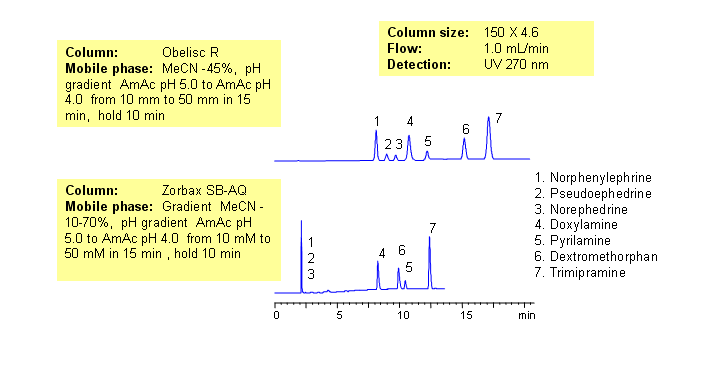
Common hydrophobic basic and hydrophilic basic drugs are separated by mixed-mode chromatography with greater selectivity and resolution than traditional reversed-phase column. Drugs are retained by combination of reversed-phase and cation-exchange mechanisms. Retention time is controlled by amount of acetonitrile, buffer concentration and buffer pH. Available detection techniques are based on buffer selection and include UV, Evaporative Light-Scattering Detector (ELSD), Corona (CAD), LC/MS, etc. This HPLC method can be adopted as general approach for analysis of drugs and pharmaceuticals.
Application Column
Obelisc R
SIELC has developed the Obelisc™ columns, which are mixed-mode and utilize Liquid Separation Cell technology (LiSC™). These cost-effective columns are the first of their kind to be commercially available and can replace multiple HPLC columns, including reversed-phase (RP), AQ-type reversed-phase, polar-embedded group RP columns, normal-phase, cation-exchange, anion-exchange, ion-exclusion, and HILIC (Hydrophilic Interaction Liquid Chromatography) columns. By controlling just three orthogonal method parameters - buffer concentration, buffer pH, and organic modifier concentration - users can adjust the column properties with pinpoint precision to separate complex mixtures.
Select optionsDextromethorphan
Doxylamine
Norephedrine
Norphenylephrine
Pseudoephedrine (PSE)
Pyrilamine

HPLC Separation of Neurotransmitters on Primesep P
June 5, 2004
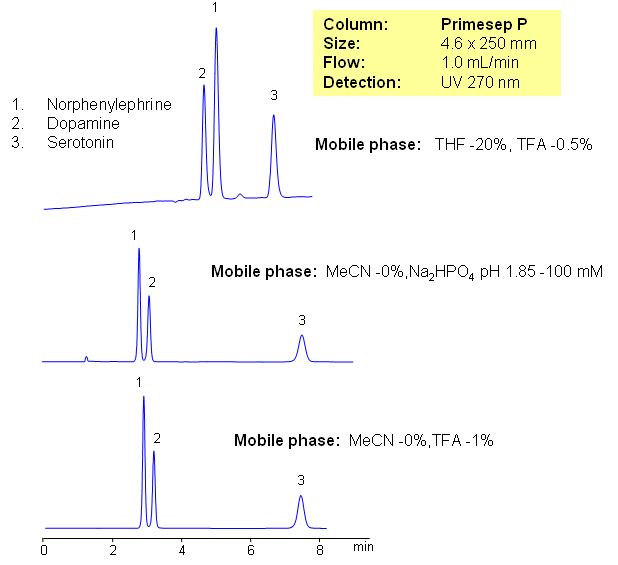
Dopamine, norphenylephrine and serotonin are separated on Primesep P HPLC column. Base line separation of these neurotransmitters can be achieved using mix-mode approach. Primesep P provides retention by reverse phase, pi-pi and cation-exchange mechanisms. Method can be used for fast quantitation of these compounds in various sample matrices. Detection technique ranges from UV to ELSD, LC/MS, RI and CAD. Primesep P column can be used with tetrahydrofuran or with 100% aqueous mobile phase to enhance pi-pi interaction.
Application Column
Primesep P
Column Diameter: 4.6 mm
Column Length: 250 mm
Particle Size: 5 µm
Pore Size: 100 A
Column options: dual ended
Norphenylephrine
Serotonin

